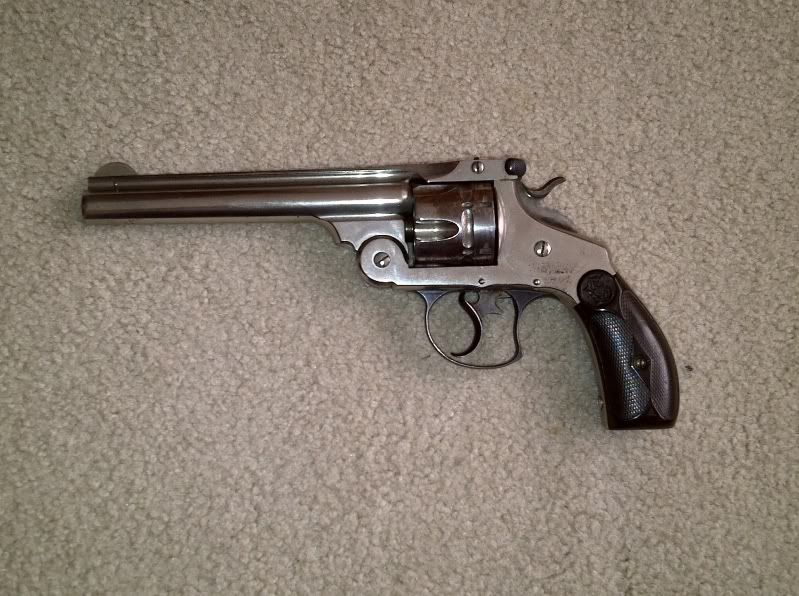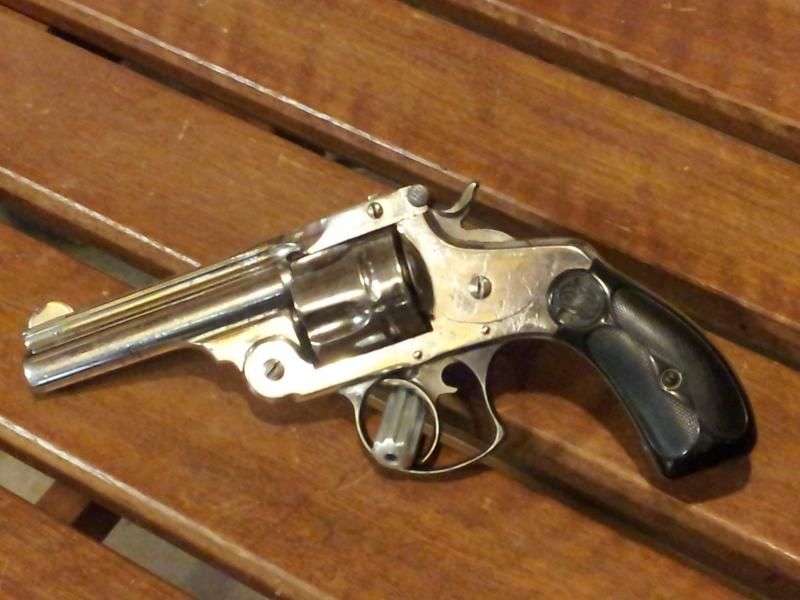I have also been saying for years that on many ranches, handguns were prohibited. If a hand was hired who had a pistol, he had to turn it in and it was kept in the ranch house safe until he left. Nor did cowboys usually own their own rifles or horses or saddles. They were drifters, the same sort of folks who take on low paying, no questions asked jobs today.
The ranch would have horses, saddles, and whatever else the cowboy needed to do his job, but he didn't own any of it. When he needed to ride, he took the first horse in the string the wrangler brought out in the morning. If "Native Americans" or rustlers or coyotes were acting up, the ranch would issue rifles to some of the hands (the more trusted and stable ones) for as long as necessary.
When cowboys did carry guns, it was like Mike says. A SAA Colt was around $17 in that era, and cowboys got $.50 a day and "found" (food and a place to sleep). No cowboy was going to spend a month's pay on a gun; if he did buy one, it would likely be a cheap "suicide special". Only comparatively wealthy folks owned a Colt or S&W revolver, or a Winchester rifle. It is pretty certain that when the cowboy did get to town, he had in mind ideas of fondling things other than a new gun.
The cowboy's life was a hard one, and there wasn't a damned thing pleasant about it. It was plain hard, dirty, work and I have never seen anything about the rear end of a cow that was exciting or romantic. Like war, a hard life tends to become surrounded in a rosy glow the greater the distance in time becomes from the reality. And when writers who never were west of the Hudson river described the life of the cowboy, and the movies spread the myth of the singing (and gunslinging) cowboy, the whole era became warped in the public imagination.
Jim


